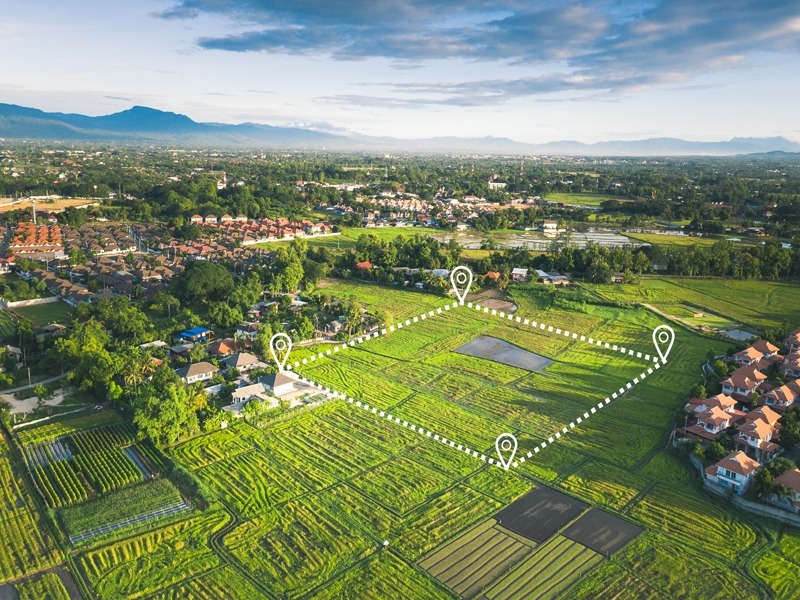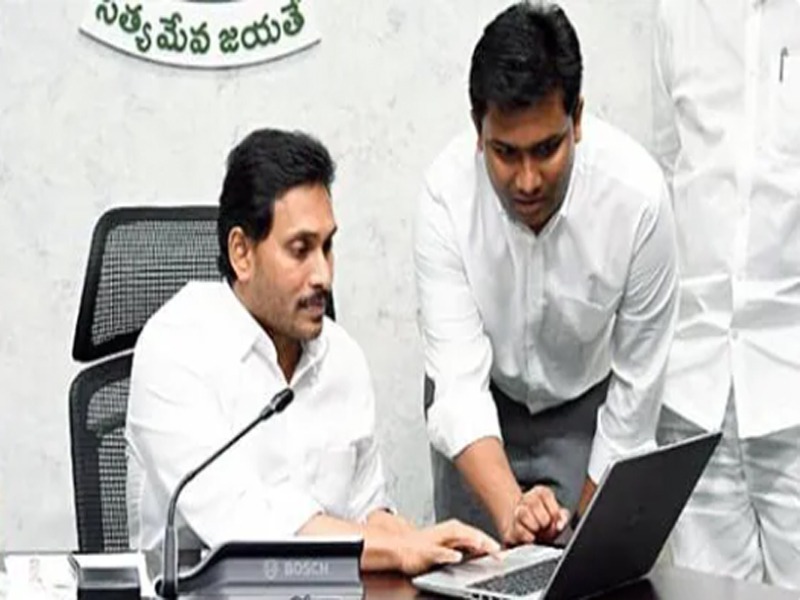
The following are the Project ‘SAKSHAM”s Main Highlighting Significance:
- Expansion of the Single Window Interface for Indian Customs to Facilitate Trade (SWIFT)
- The Goods & Services Tax (GST), which is being implemented (GST)
- Central Board of Excise as well as Customs’ ease of doing business and major efforts under Digital India
It is critical for the GST implementation since the initiative will guarantee that the CBEC’s IT systems are operational before the deadline. The essential upgrades will be performed while keeping up with the country’s current taxpayer services. After implementing the GST law, the total number of importers/exporters/taxpayers managed by the CBEC will exceed 65 lakhs, up from the current level of around 36 lakhs. For payment and reports, registrations, GSTN data transmission to CBEC, and other components including Investigation, Audit, and Appeal, the CBEC’s IT systems will eventually be connected with the Goods & Services Tax Network (GSTN). There will be no overlap between the CBEC and the GSTN.
The Cabinet Committee on Economic Affairs has authorized the GSTN’s integration underneath the Central Board of Excise and Customs (CBEC) better to implement the goods and services tax (GST). Project Saksham will cost a total of 2,256 crores over seven years.
The cabinet has authorized the SAKSHAM project, the CBEC’s new indirect tax network (systems integration). The Cabinet Committee on Economic Affairs aka CCEA, which Prime Minister Narendra Modi chairs, approved a Rs 2,256 crore IT project of the Central Board of Excise as well as Customs called Saksham, that will aid in the introduction of GST as well as incorporate the CBEC’s system with GSTN by the April 2017 GST rollout deadline. ‘Project SAKSHAM’ has been authorized by the Cabinet Committee on Economic Affairs (CCEA), chaired by Prime Minister Narendra Modi.
The Central Board of Excise and Customs’ Project SAKSHAM is a New Indirect Tax Network (Systems Integration) (CBEC).
- It aims to strengthen the information systems network in preparation for the new Goods and Services Tax (GST) system, which the Union Government planned to implement on April 1st, 2017.
- The SAKSHAM project will aid in connecting CBEC IT systems with GST Network (GSTN).
- Other taxpayer-friendly measures under Digital India and CBEC’s Ease of Doing business include the extension of the Indian Customs Single Window Interface for Facilitating Trade (SWIFT).
Background
The Union government estimates that the number of taxpayers subject to indirect tax legislation will rise to over 65 lakh from the present 36 lakh with the GST implementation.
To process registration, payment, and return data submitted to CBEC by GSTN systems, CBEC’s IT systems must interact with the GSTN.
Other modules such as audit, appeal, and investigation will use it as a front-end. Nevertheless, there is no duplication between GSTN and CBEC’s GST-related systems.
The CBEC’s e-services in customs, central excise, including service tax, the deployment of taxpayer services, the extension of the SWIFT initiative, and integration with government efforts such as e-Taal, e-Nivesh, and e-Sign, all require IT infrastructure.
The government approved an IT project called Saksham on Wednesday that will connect the Central Board of Excise as well as Customs’ (CBEC) tax systems with the Goods as well as Services Tax Network (GSTN) to ensure a smooth transition to the new indirect tax regime on April 1st, 2017. The initiative, approved by Prime Minister Narendra Modi’s Cabinet Committee for Economic Affairs, will cost roughly Rs 2,256 crore across seven years. The CBEC’s IT infrastructure, established in 2008, will not handle the extra activity projected under the GST regime. The Saksham project would improve the department’s technology capacities with GSTN; its IT backbone would be the future indirect tax regime. “The project’s implementation approach will seek to ensure that CBEC’s IT systems are ready by April 1st, 2017 when GST will be implemented.” The government announced in a statement that “the update of the IT system will be conducted out while existing taxpayer services are maintained.” The GST-related technologies of CBEC, and GSTN, do not overlap.
The project will aid in implementing GST, the expansion of the Indian Customs Single Window Interface for Facilitating International Trade (SWIFT), and other taxpayer-friendly efforts as part of Digital India and the CBEC’s ease of doing business. “All taxpayers/importers/exporters/dealers under multiple indirect tax laws managed by CBEC — currently around 36 lakh — are projected to increase to above 65 lakh following the introduction of GST,” according to the statement. CBEC’s IT infrastructure must interact with the Goods and Services Tax Network (GSTN) to process data submitted to CBEC for registration, payment, and returns and serve as a front-end for additional modules such as audit appeal, including investigation.
“This IT infrastructure is also clearly needed for the continuation of CBEC’s e-services in Customs, central excise, and service tax, as well as the implementation of taxpayer offerings such as scanned manuscript upload facility, the outgrowth of Indian Customs SWIFT initiative, as well as integration with initiatives such as e-nivesh as well as e-sign,” according to the statement. The government’s decision on IT system integration comes two days before the GST Council’s second meeting, set for Friday. The GST Council, led by Finance Minister Arun Jaitley, had decided on matters such as the exemption ceiling, dual control, and the base year for state compensation in its first meeting. Along with the decision to absorb all cesses into GST, the Council decided to set the indirect tax exemption limit at Rs 10 lakh for northeastern and smaller states and Rs 20 lakh for other states. The Council has made progress on the issue of state-center dual control by permitting states to exercise administrative control over taxpayers with yearly sales of less than Rs 1.5 crore.
ACCORDING TO THE STATEMENT, the IT systems will be upgraded while existing taxpayer services are maintained.
The ‘Saksham’ project will aid in implementing the Goods and Services Tax (GST), the expansion of the Indian Customs Single Window Infrastructure for Facilitating Trade (SWIFT), and taxpayer-friendly initiatives as part of the CBEC’s Digital India and Ease of Doing Business programs.
“All Taxpayers/importers/Exporters/Dealers under different indirect tax laws controlled by CBEC- now over 36 lakhs, expected to increase up to over 65 lakhs following introduction of GST,” the CCEA stated in a statement. CBEC’s IT systems must interact with the Goods & Services Tax Network (GSTN) to process registration, payment, and return data given to CBEC via GSTN systems, as well as serve as a front-end for other components such as Audit, Appeal, and Investigation, according to the report.
According to the statement, there is no overlapping between CBEC and GSTN’s GST-related systems.
“This IT infrastructure is also required to advance for CBEC’s e-Services in Customs, Central Excise, and Service Tax, implementation of taxation such as scanned document upload facility, outgrowth of Indian Customs Single Window Interface for Facilitating Trade (SWIFT) initiative, as well as assimilation with policy measures such as E-Nivesh, E-Taal, and e-Sign,” it continued.



























